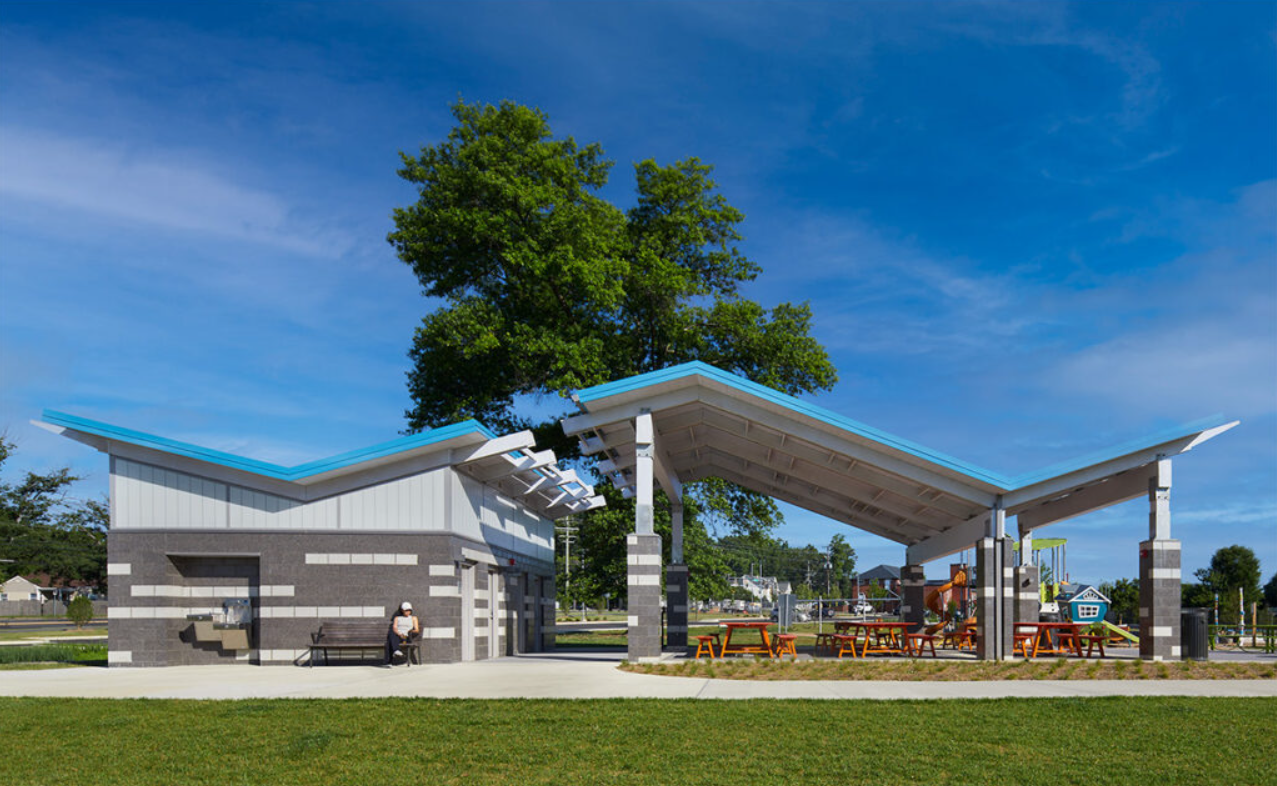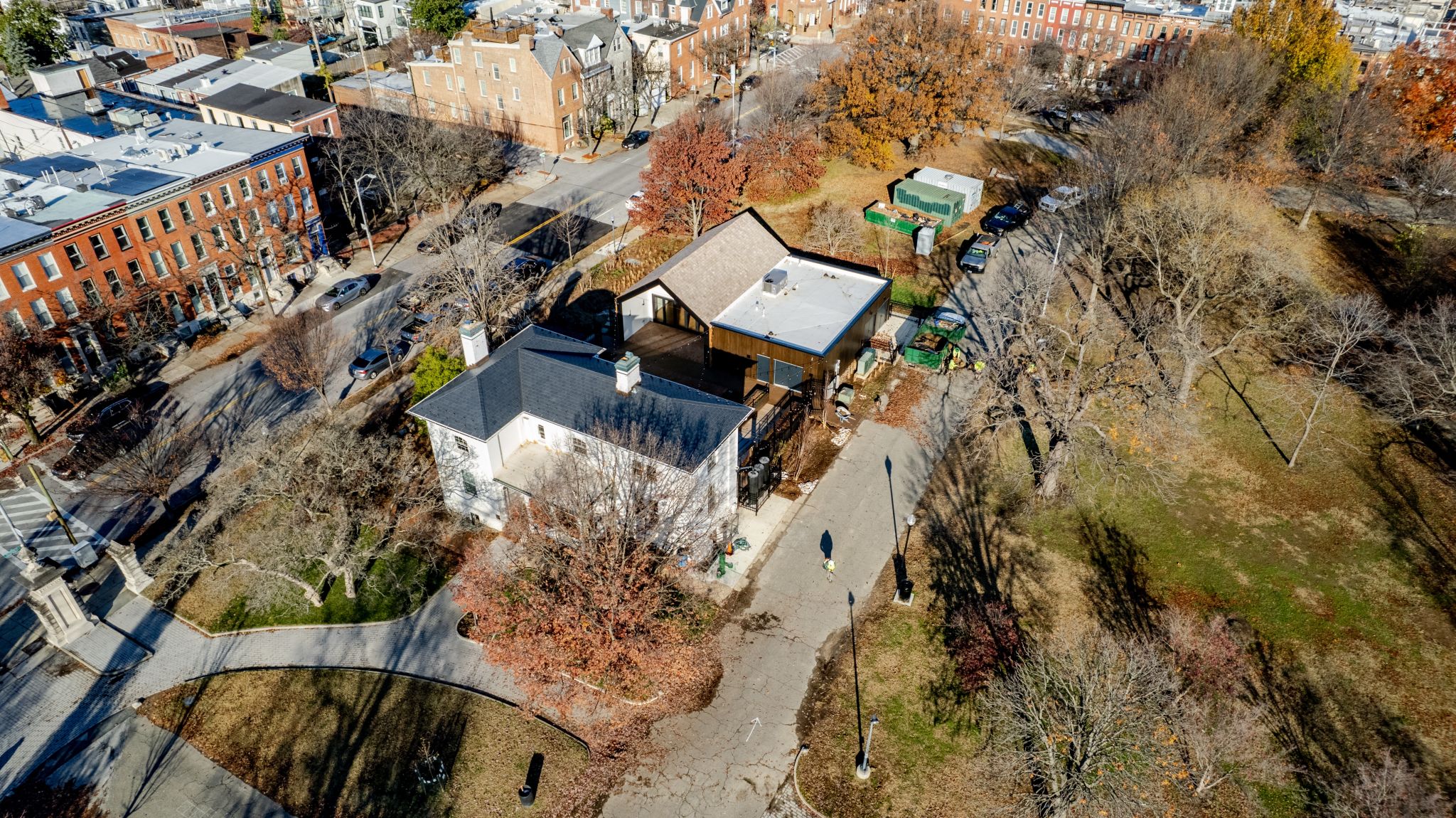DATE
News
Case Study: 5333 Connecticut Avenue
As part of the team for this new, nine-story, multi-family residential building in Northwest Washington, DC, Structura designed a structural system that shares slab edges with this building’s intricate and modern curtainwall façade.

As part of the team for this new, nine-story, multi-family residential building in Northwest Washington, DC, Structura designed a structural system that shares slab edges with this building’s intricate and modern curtainwall façade. The complex design required close collaboration with the architects and curtainwall manufacturers early in the design process. Other notable components of the building include its neomodernist design and the strategic treatment of windows to address light pollution.
The Challenge
The structural system chosen for the superstructure of the building was a two-way, post-tensioned, concrete flat plate system. While this system provided efficient and thin structure depths as well as freedom with interior partition locations, it required tendons to be anchored along the perimeter slab edges, occupying the same real estate required for multiple curtainwall system anchors. The design team recognized this potential conflict early on and decided to be proactive in their coordination efforts.
The Solution
Rather than waiting to coordinate specific curtainwall attachment details in the shop drawing review process during construction of the building, as is the standard procedure, the design team brought the curtainwall manufacturers on board early in the design process. Structura worked closely with the architects and curtainwall manufacturers to make sure there was room for everything required along the slab edges, from tendon anchors to embed plates to receive the curtainwall.
The Takeaway
Working collaboratively with the curtainwall manufacturers early in the design process, the design team was able to deliver a fully coordinated set of drawings that greatly reduced last minute changes and field modifications.















